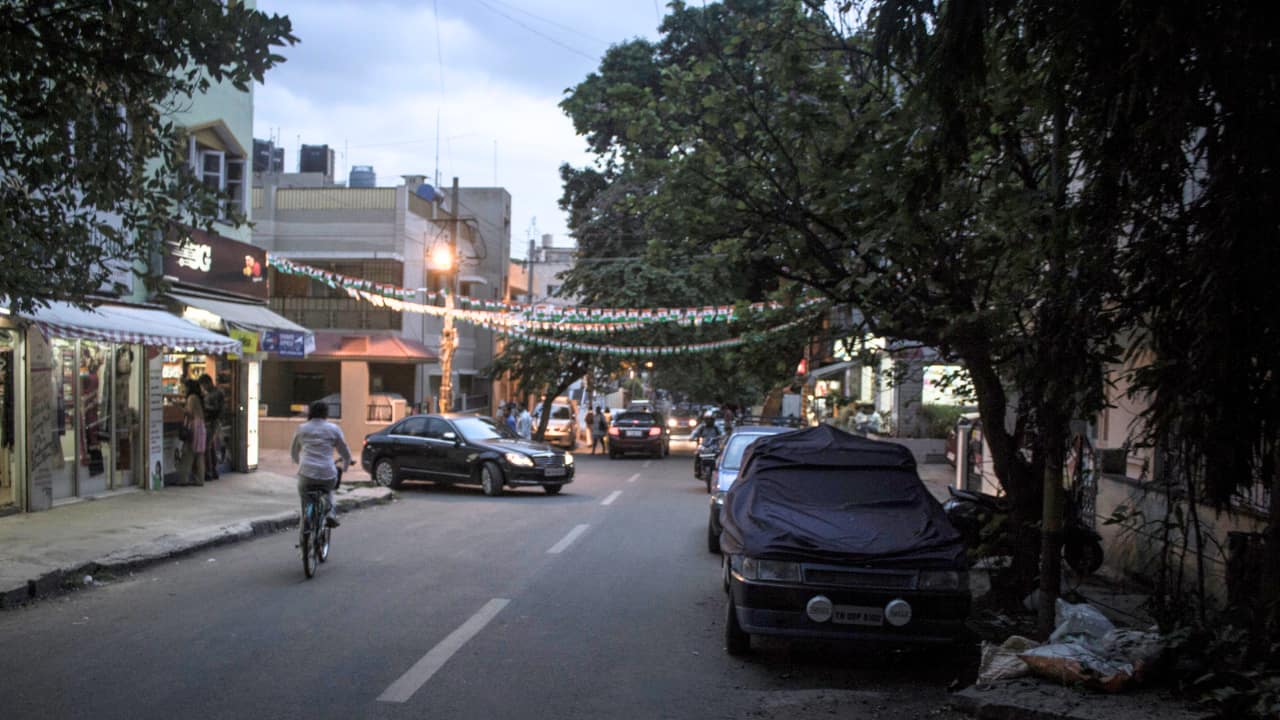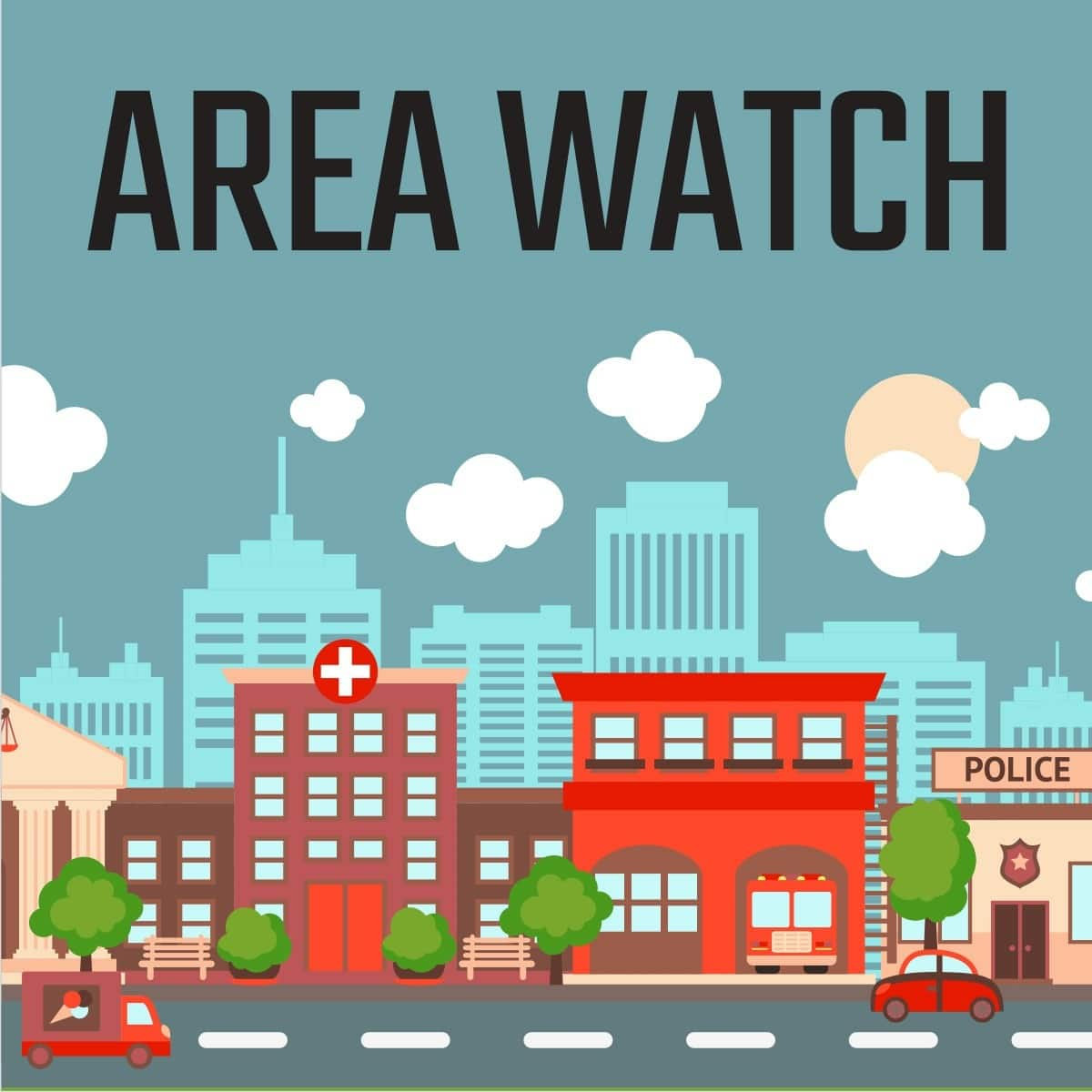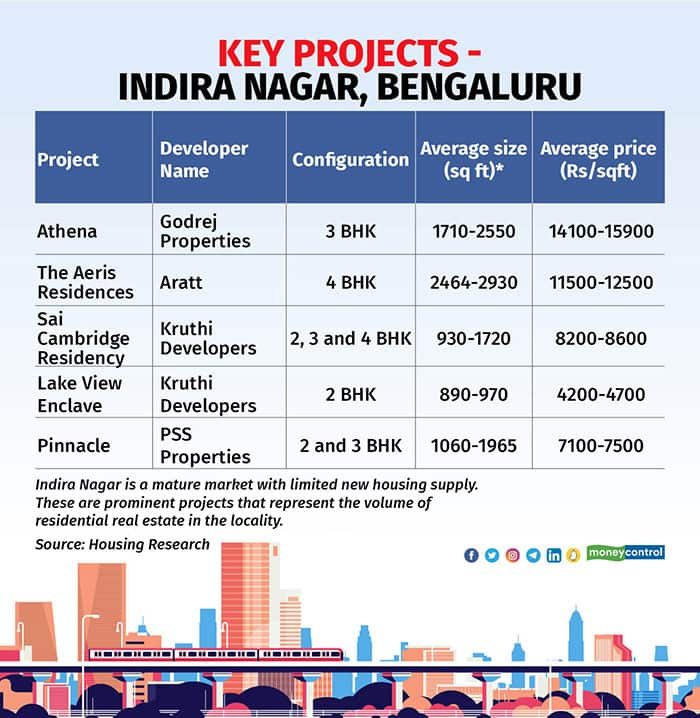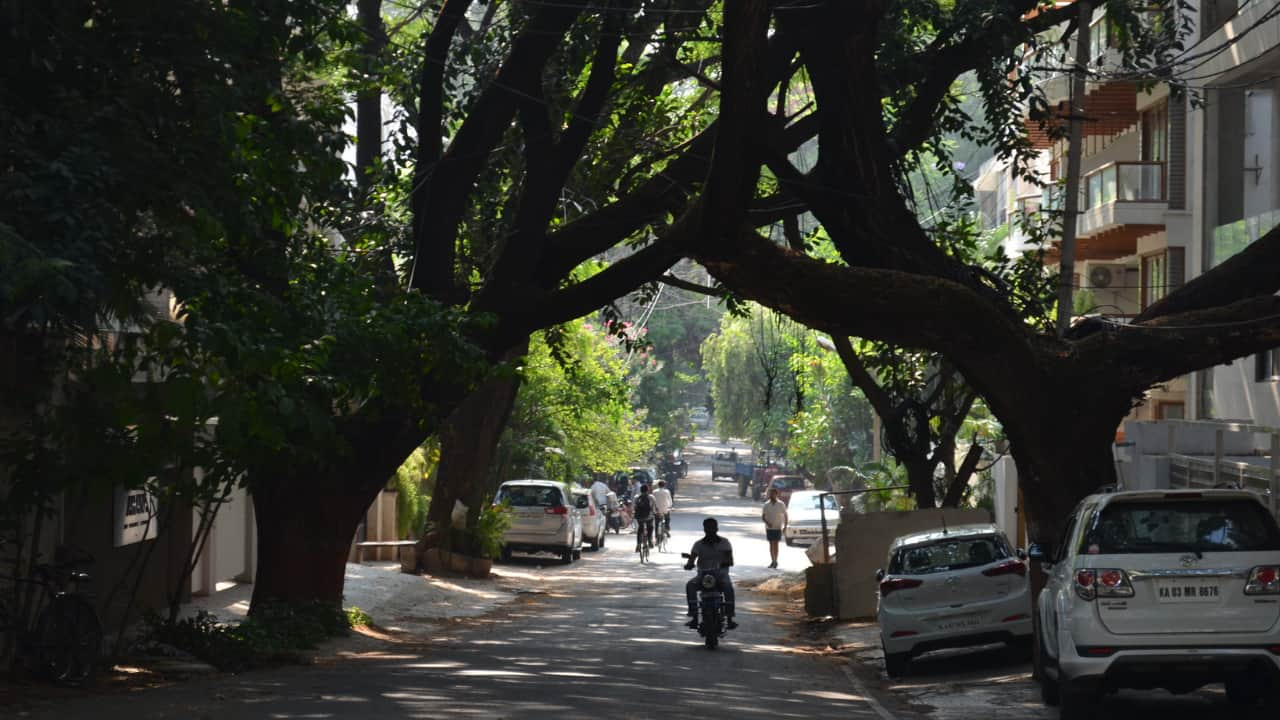



Nestled in the heart of Bengaluru, Indiranagar was once a peaceful neighbourhood where time seemed to stand still. Today, it is a bustling hub of activity, drawing in party-goers and luxury shoppers from far and wide, thanks to the commercial boom of the last two decades.
As you make your way down 100 Feet Road from the Domlur flyover, you'll be greeted by grand showrooms that line the street, each one more impressive than the last. Venture further and you will find a plethora of pubs and eateries scattered through the area.
It is incredible how from its humble beginnings in the mid-90s to its complete makeover in the late 2000s, Indiranagar has become a destination in its own right, attracting young people from all corners of the country and catering to the needs of high networth individuals.
However, amidst all the excitement, hustle-bustle and the big bucks, some local residents feel they have been pushed to the corner.
 Indiranagar (Credit: Flickr/wildvoid)
Indiranagar (Credit: Flickr/wildvoid)
The nostalgia
Indiranagar started out as a tranquil Bengaluru Development Authority layout in the mid-70s.
Sandeep Anirudhan, an environmentalist, wistfully recalls that a few decades back he used to roam around freely, cycle or play cricket in Indiranagar. "Today there is hardly any place to walk, leave out the crazy rush on the weekends," he laments.
Ashok Sarath, who has been living in Indiranagar for the last 30 years, and is also a president of the Defence Colony Resident Welfare Association, said the first commercial movement mobilised in the mid-90s when the land price suddenly jumped by 50-70 percent.
However, the major boost came in the mid-2000s when people started realising the real estate potential and within several years, several civic policies like mutation corridors came up.
Proposed by BDA in 2015, the mutation corridors allow mixed usage of land for both residential and commercial activities. The city master plan defines all radial corridors and main arteries/ corridors of the city as mutation corridor zones.
Kiran Kumar, a realtor from Hanu Reddy Realty said, "And that's when the 100 Feet Road corridor in Indiranagar exploded. The real estate prices appreciated at an unimaginable rate."
Experts say in the mid-2010s, commercial activities boomed across the 100 Feet corridor. The luxury brands franchisees blossomed across the main road, while several Indian brands and startups acquired properties inside the bylanes earmarked for commercial activities.

"At this point, people started investing in Indiranagar's commercial real estate. Several homebuyers who owned apartments across 100 Feet Ring Road started redeveloping them as commercial assets and rented them out to the companies," Balaji Badrinath, Managing Partner at the local office of the real estate consultant Coldwell Bankers said.
Experts say along the mutation corridor, such change in land usage could be permitted.
Kumar said in 2001 the commercial rental price of a land parcel on 100 Feet Road was priced at Rs 2,000 per square foot (sq ft) and today it is about Rs 40,000 sq ft.
Badrinath said, "Today the rental prices in Indiranagar start at Rs 200-Rs 300 per sq ft. The land is priced at about Rs 35,000 per sq ft. And, hardly any land parcel is available today. More apartments on 100 Feet Road are being converted into commercial establishments."
Kumar said over the last 3 years, he has witnessed at least seven apartment complexes being redeveloped as commercial facilities.

Residential areas pushed afar
Defence Colony is one of the posh residential layouts in Bengaluru that houses top industry leaders and former military officials. And also, the only layout that has managed to keep the residential space intact with the help of courts and strict civic policy implementations.
Sarath said, "As the president of its RWA, we still aspire to live in a commercial-free residential zone. Several homebuyers, who in mid-2010 saw a real estate opportunity by redeveloping their residential apartments, did not imagine the domino effect of its boom today."
Swarna Venkataraman, Secretary, Indiranagar 1st Stage League RWA and a member of I care Indiranagar, said with a commercial boom across 100 Feet Road slowly encroached into bylanes and inward streets meant for residential purposes.
Several illegal commercial outlets started mushrooming, and even today, continue to violate the zone regulations set by the city master plan.
Venkataraman added, "Today the residents no longer have parking space in the area, with valet parking taking over the street sides. Severe noise and air pollution from the footfalls of visitors on the weekend, and even weekdays, continue to create problems for the residents."
Additionally, the stormwater drain or the sewage canals have to carry wastes from both residential and commercial properties, leading to frequent overflowing or blockages, Sarath added.
Among several civil suits filed by the residents, in 2015, the Karnataka High Court ordered that in residential areas, commercial licences should not be issued to open establishments on roads which are less than 40 feet wide.
Sarath, however, did not blame modern urbanisation but pointed out the ineffective implementation of civic policies as zone regulations can be blamed for the immense makeover of Indiranagar.
 Double Ring Road (Credit: Flickr/kashic umashankar)
Double Ring Road (Credit: Flickr/kashic umashankar)
Real estate prices will continue to appreciate
Located strategically in Bengaluru, connected to major corridors and the active metro rail network, that connects the posh MG Road neighbourhood, brokers point out that real estate values in Indiranagar will continue to appreciate.
As one of the startup hubs in the city, Indiranagar already hosts prominent startups like 91Springboard and Incubex.
From Louis Vuitton to Van Heusen, more international brands are slowly entering the area.
"We see that the central business district is slowly shifting towards Indiranagar. And, we will see unimaginable real estate prices in the future," Kumar said.
Discover the latest Business News, Sensex, and Nifty updates. Obtain Personal Finance insights, tax queries, and expert opinions on Moneycontrol or download the Moneycontrol App to stay updated!
Find the best of Al News in one place, specially curated for you every weekend.
Stay on top of the latest tech trends and biggest startup news.